Wind turbines generate electricity using permanent magnets, which are extremely powerful but contain rare earths that are difficult to mine and recycle.
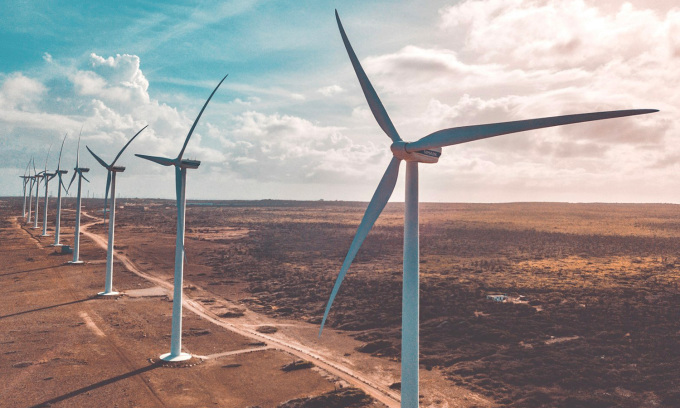
Many wind turbines are equipped with permanent magnets, which use rare earths. Photo: Rabih Shasha
Environmentally, wind turbines are a bargain, IFL Science reported on March 3. They have a “payback period”—the time it takes for a turbine to produce enough clean energy to offset the pollution produced by its production—of less than a year. They produce virtually no pollution while operating, and they’re also very efficient, with just one turbine able to power about 940 average American homes each month.
However, wind turbines are notoriously difficult to recycle, including the rare earths inside them. “Right now, to our knowledge, virtually no rare earths from wind turbines are recycled,” said Tyler Christoffel, chief technology officer at the U.S. Department of Energy’s Wind Energy Technologies Office.
This statistic is not surprising. Worldwide, experts estimate that less than 1% of rare earth elements – substances such as cerium, lanthanum, neodymium – are recycled. Rare earth elements, as their name suggests, are very difficult to find in useful quantities.
Normally, metals accumulate in the Earth’s crust due to various geological processes, such as lava flows, hydrothermal activity, and mountain building. However, the unusual chemical properties of rare earth elements mean that they do not usually accumulate together under these special conditions. Traces of rare earths are scattered across the planet, making their extraction inefficient.
Sometimes, acidic underground environments can produce slightly higher levels of rare earth elements in certain locations. However, finding these locations is only the first challenge. Mining is then complicated by the difficulty of extracting pure elements. Currently, China accounts for about 70% of the world’s rare earth production.
Rare earth elements are becoming increasingly important. They play a vital role in everything from industrial applications to personal devices like laptops and smartphones. Of course, they are also present in wind turbines.
“As the wind turbine blades rotate, they generate kinetic energy. A permanent magnet generator converts this kinetic energy into electricity through the interaction of two oppositely polarized permanent magnets,” Kristin Vekasi, an associate professor at the University of Maine, wrote in a 2022 study.
“Other magnets can do the job, but permanent magnets have many advantages, including higher efficiency, smaller size, fewer moving parts that can break, and no need for external charging. The wind does all the work,” she explains.
Rare earth elements are found in these magnets themselves, usually neodymium or samarium. These are the strongest magnets available, but they are not indestructible. They can lose their magnetism due to overheating, corrosion, accidental impact, or magnetic field problems. As a result, wind turbine refurbishment—replacing old components, upgrading components like generators, and replacing rare earth magnets—is a near-constant process.
To address this problem, the US Department of Energy launched a competition last year to find efficient ways to recycle turbine components. Last month, the 20 winners of the first phase of the competition were announced, four of which focused on recycling magnets.
As the U.S. invests more in wind power and rare earth-based technologies continue to develop, recycling rare earths will become a much more pressing issue, Christoffel said. “This award helps promote some recycling technologies that could lead to a less resource-intensive, lower-emissions way to use magnets,” he said.
Thu Thao (According to IFL Science )
Source link


![[Photo] Prime Minister Pham Minh Chinh receives Mr. Jefferey Perlman, CEO of Warburg Pincus Group (USA)](https://vstatic.vietnam.vn/vietnam/resource/IMAGE/2025/4/18/c37781eeb50342f09d8fe6841db2426c)

![[UPDATE] April 30th parade rehearsal on Le Duan street in front of Independence Palace](https://vstatic.vietnam.vn/vietnam/resource/IMAGE/2025/4/18/8f2604c6bc5648d4b918bd6867d08396)







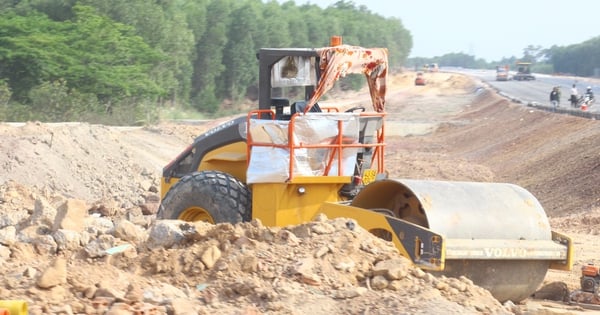

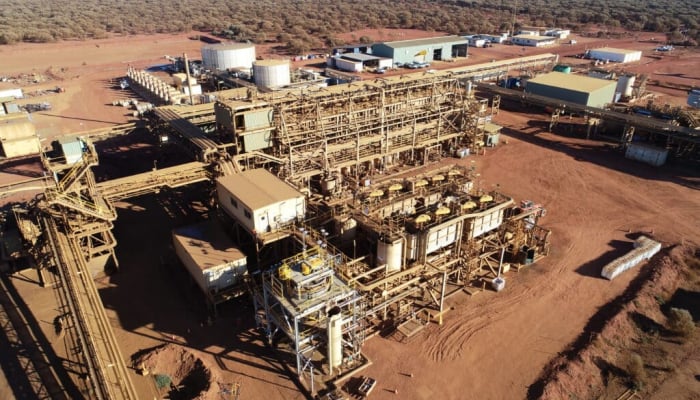




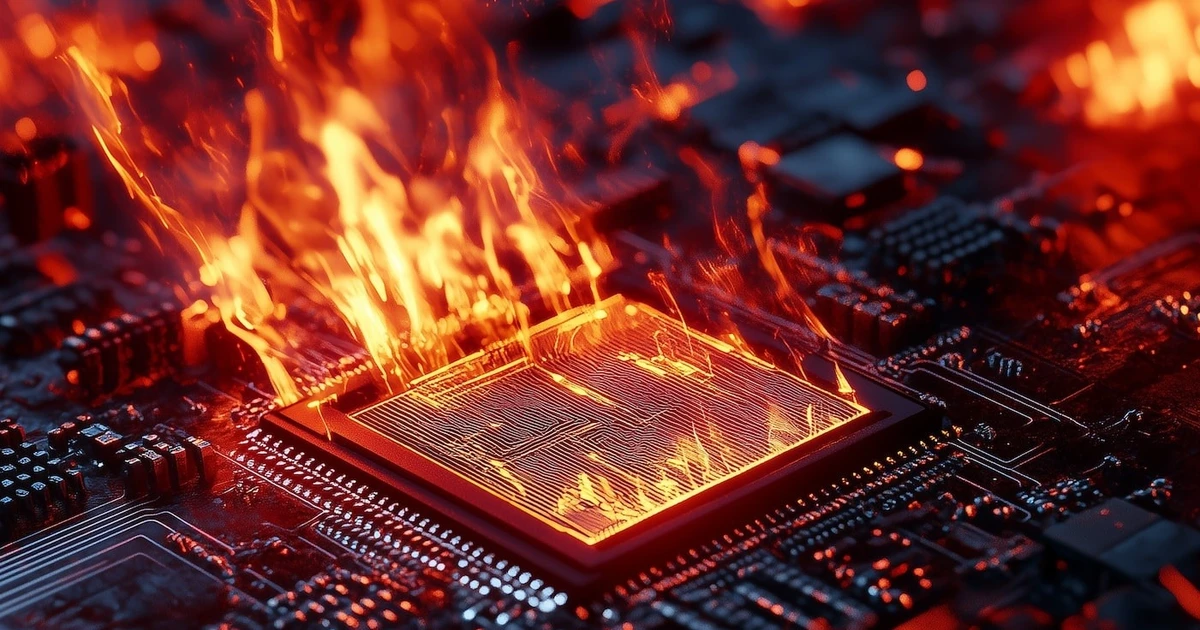

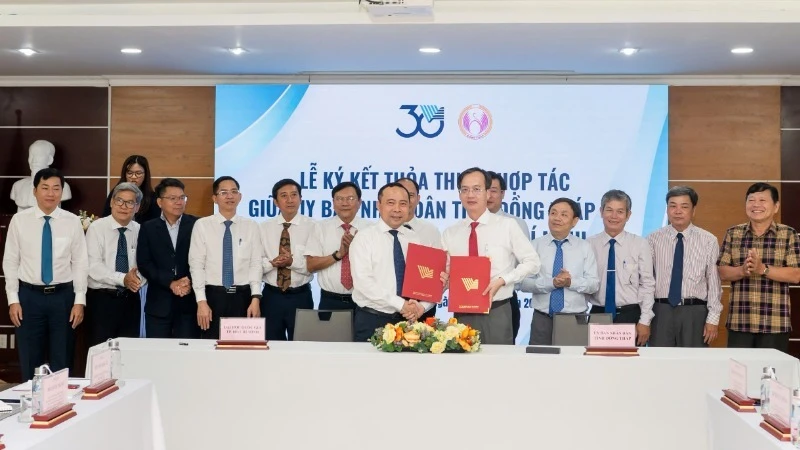
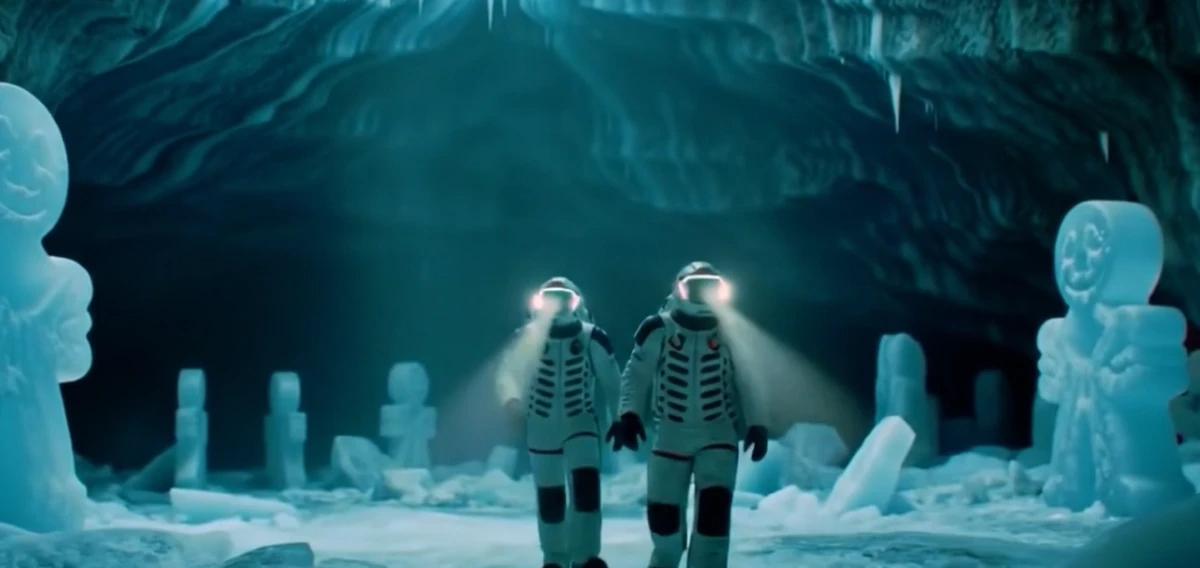
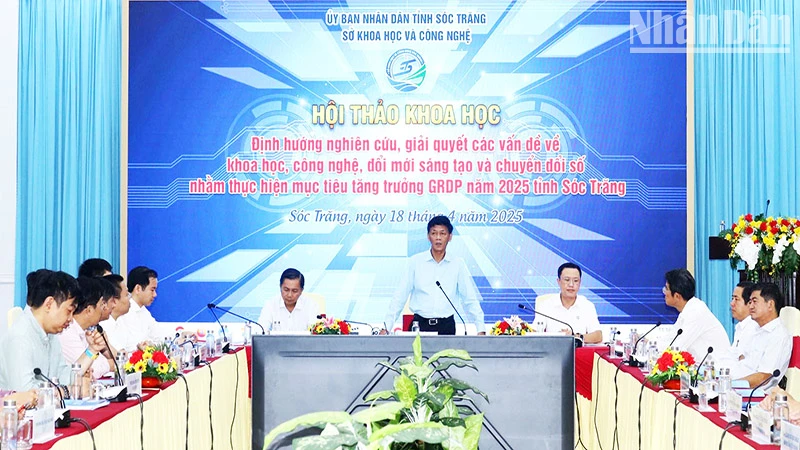















































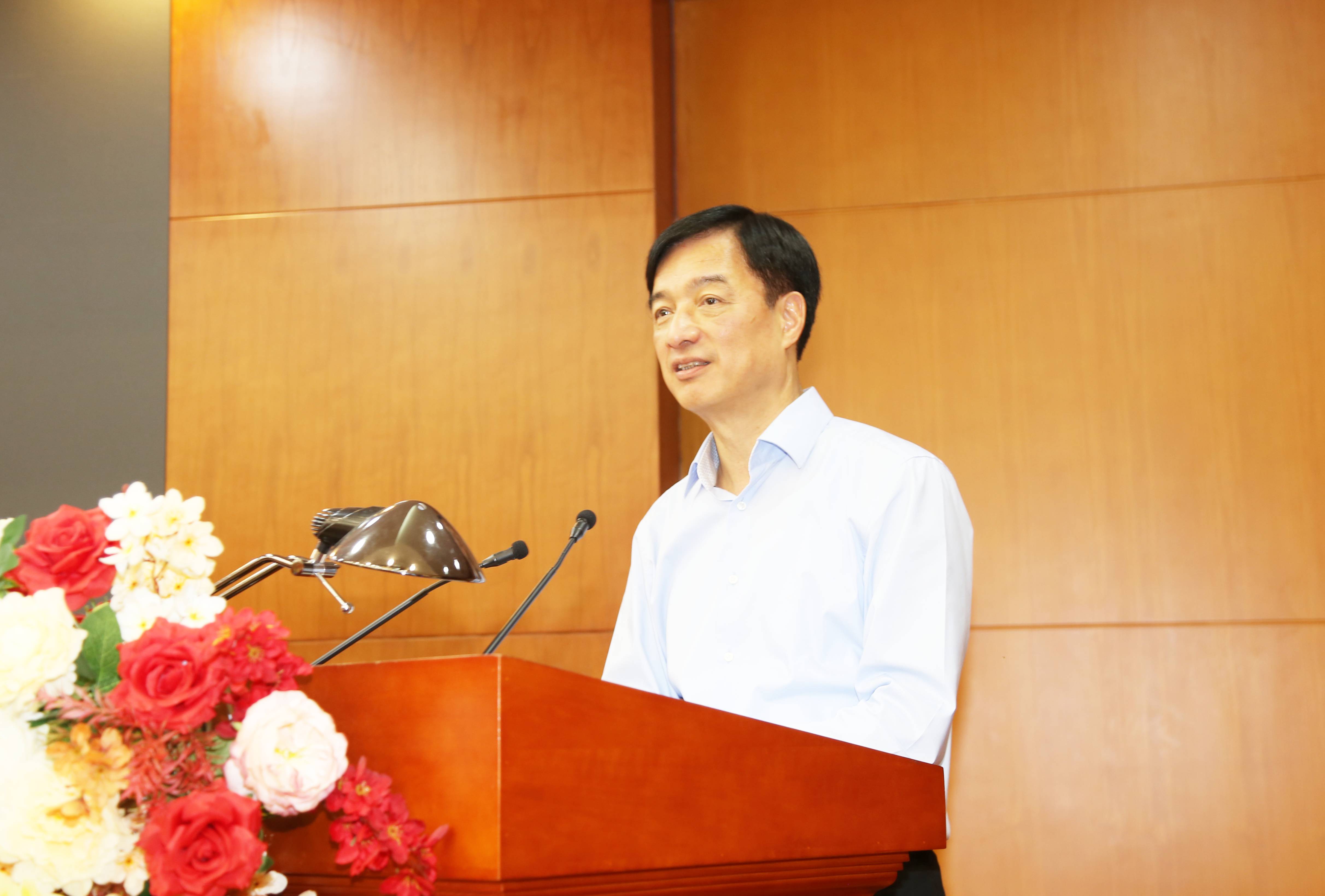

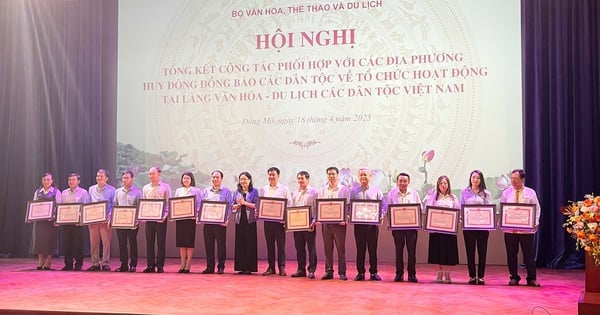




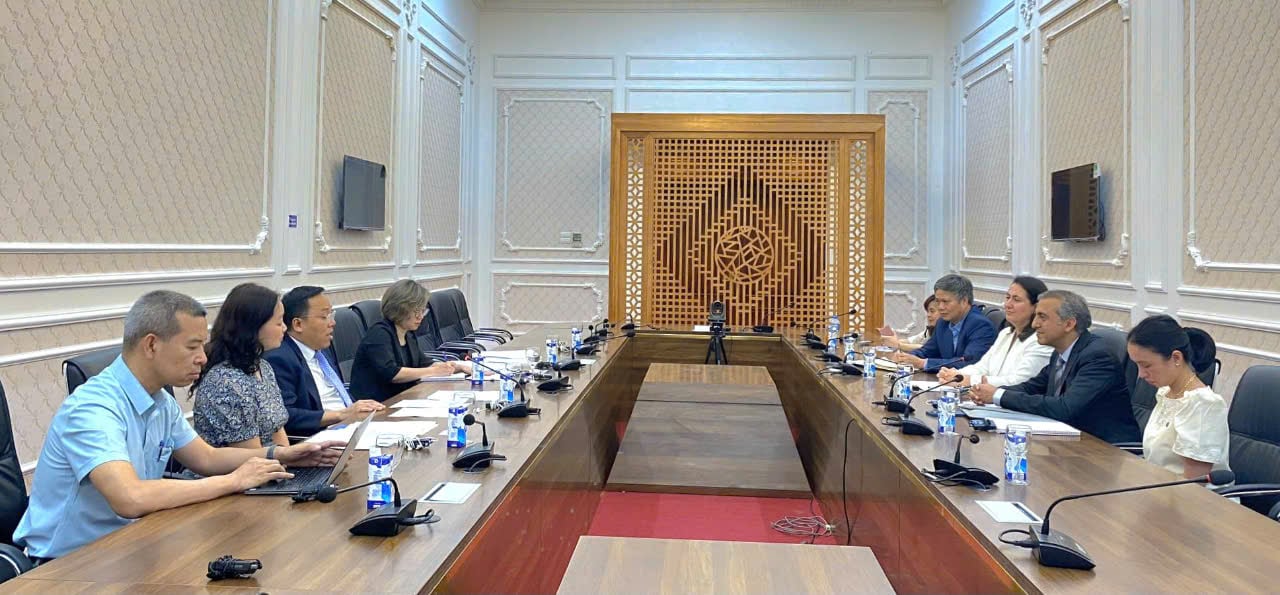
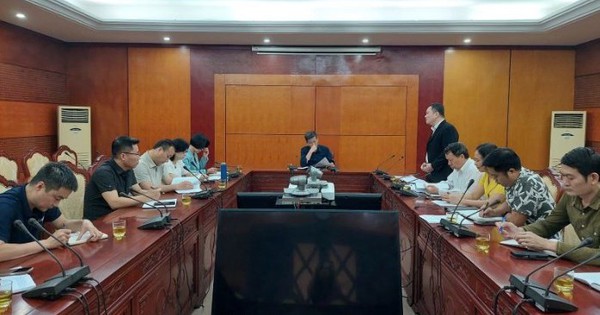








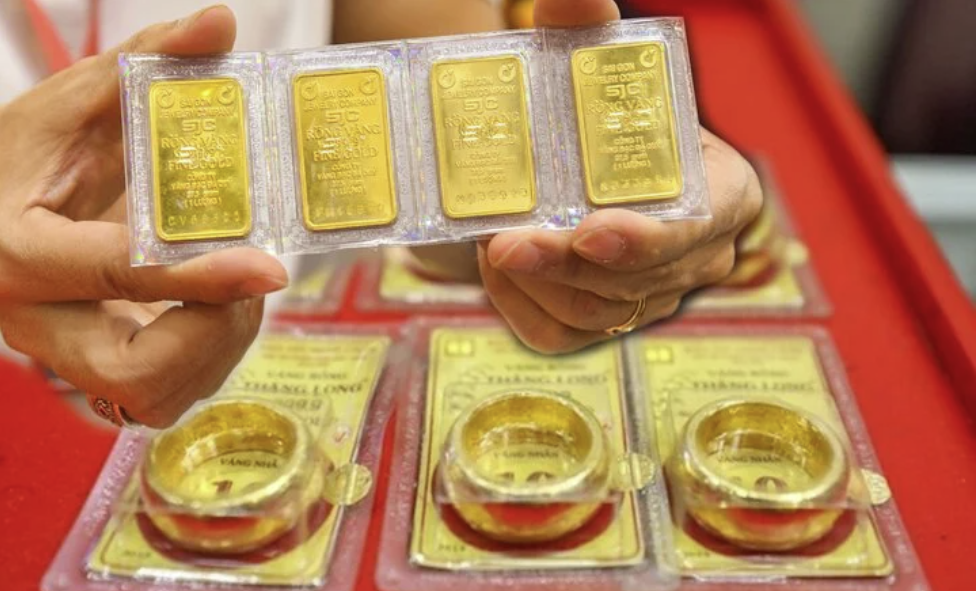
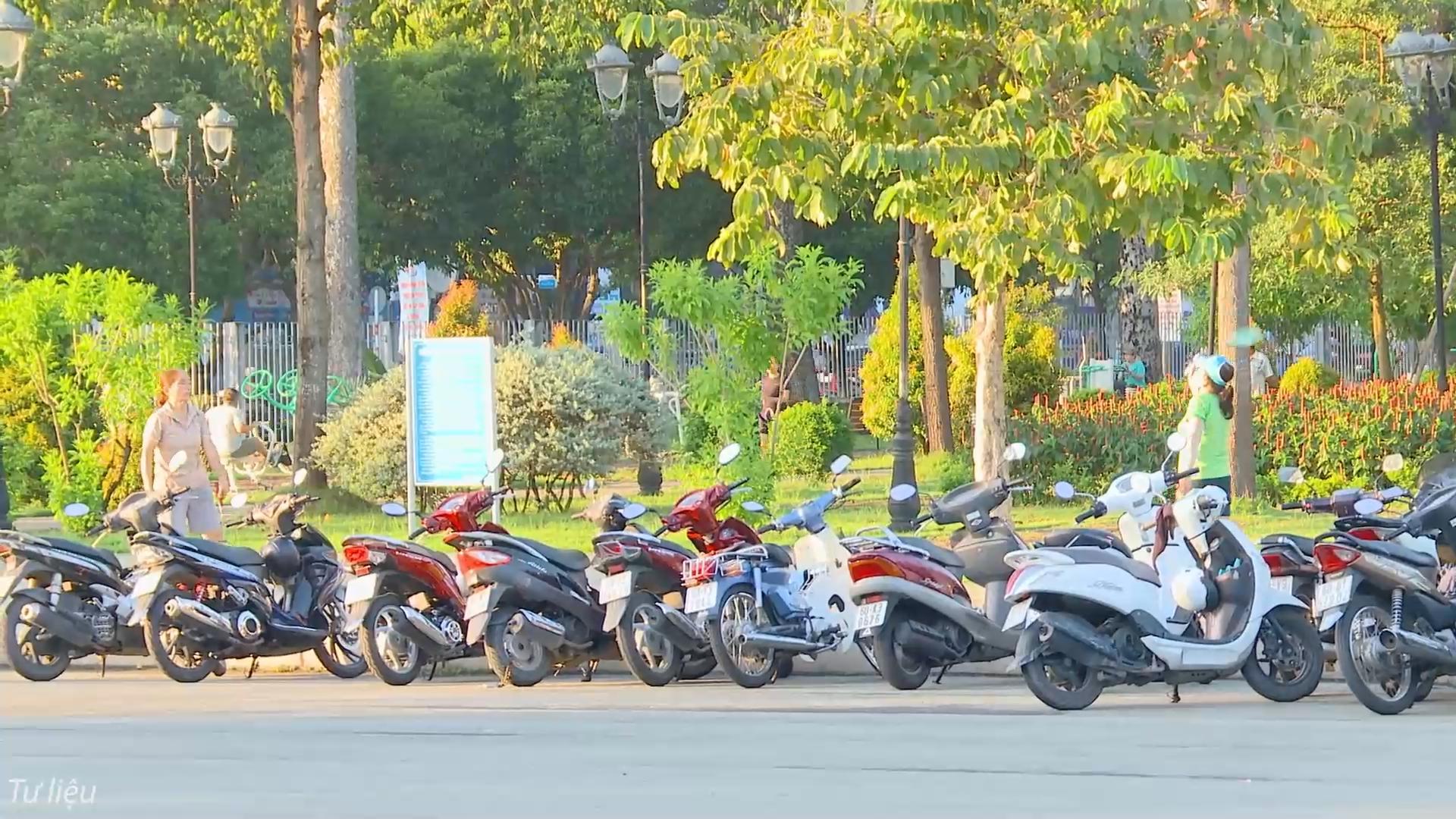




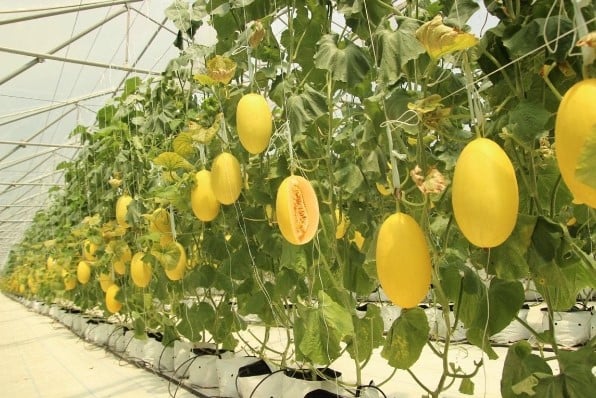





Comment (0)